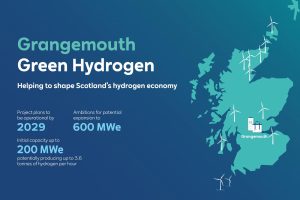The Singapore-based company has developed a new AEM material combination that is expected to operate for over 60,000 hours at an efficiency of up to 95%, creating a significant cost advantage compared to other electrolyser systems. Horizon aims to begin delivery of the AEM membrane within months and expects to deliver MW-scale AEM electrolysers to commercial customers from around the end of 2024.
According to Horizon, its new multi-layered, radical scavenging membrane achieves ion conductivity up to twice that of other products, according to the company. It demonstrates superior mechanical strength and chemical stability, making it suitable for widespread commercialisation of next generation AEM electrolysers.
This innovation has the potential to transform green hydrogen into an immediate decarbonisation reality for green steel, green fertilisers, green ammonia, synthetic fuels and hydrogen-electric mobility.
AEM technology is emerging as the ‘best of all worlds’ green hydrogen production pathway. It combines the advantages of both alkaline and PEM technologies while mitigating many of their drawbacks. It makes use of earth-abundant nickel and iron materials, removes the requirement for expensive Iridium catalysts and titanium plates, and avoids the use of perfluoroalkyl substances (PFAS), which are facing scrutiny through their classification as ‘forever chemicals.
Horizon’s innovation is at heart of AEM electrolysers, combining proprietary anion exchange membranes and catalysts with novel electrode designs, yielding substantially increased ionic conductivity and electrocatalytic efficiency. To date, 95% efficient water electrolysis has been achieved in Horizon’s laboratories, demonstrating the feasibility of reducing typical benchmark electrical consumption of electrolysers by 10–20%. The company had previously filed US Patent Application 2007 / 0275291 relating to a multi-layer membrane electrode structure to achieve high power density for fuel cells and electrolysers.






